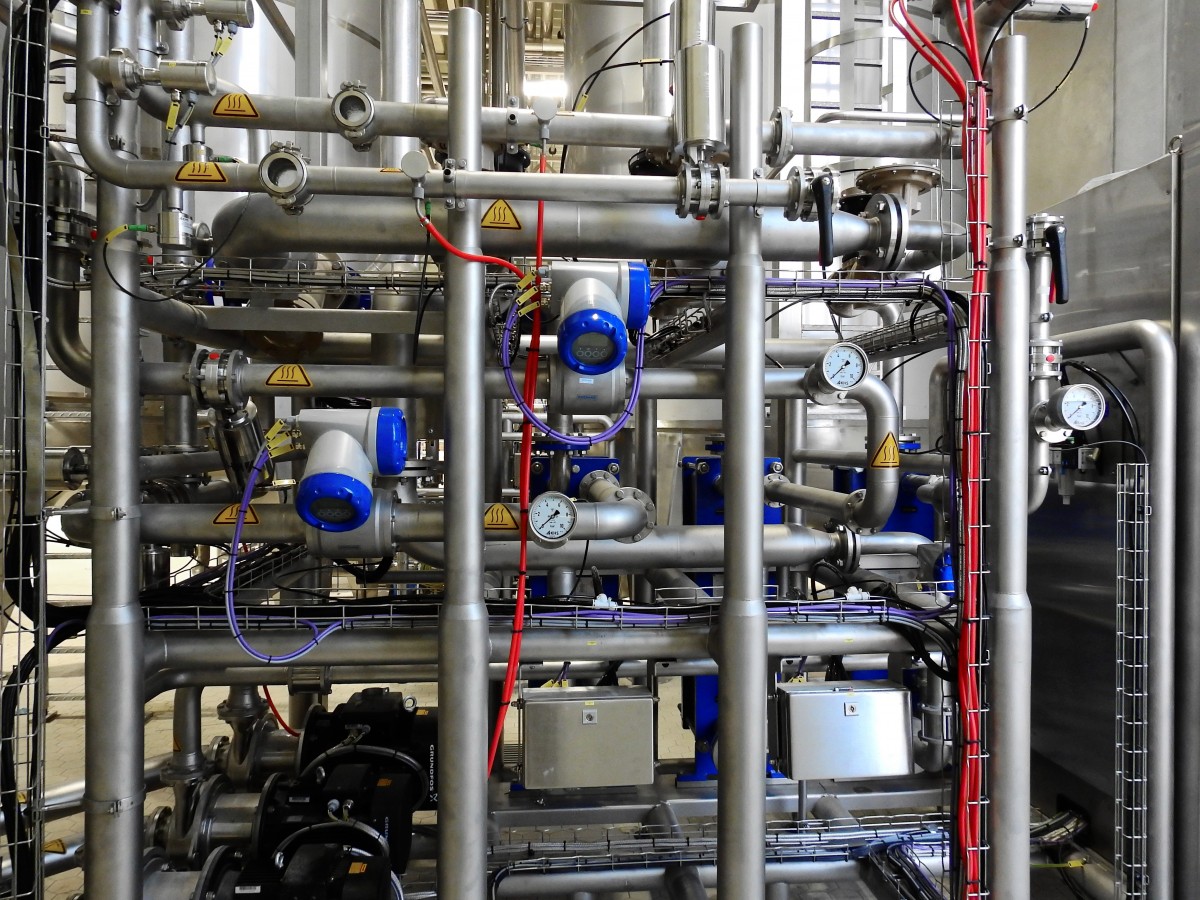Purpose and types of shut-off valves
Shut-off valves are designed to be installed on various pipelines as a shut-off device. Oil, steam, water, natural gas, liquid and water-gas-oil mixtures are used as the conducted medium. There are many types of fittings, each of which serves for specific tasks.
Purpose of shut-off valves
Shut-off valves are necessary to open or completely block the movement of various working media in the pipeline. Structurally, the armature is a device in the form of a flat or conical plate assembly, which rotates the body around the central axis of the seat. The control of the devices is provided in manual mode or by means of drives (electromagnetic, electric, hydraulic, pneumatic), using mechanical devices.

Types of shut-off valves
Shut-off valves are used to effectively block the movement of the flowing medium inside the pipelines. The fittings ensure high reliability, safety and tightness of pipeline systems.
Shut - off valves are of the following main types:
- Depending on the shape of the housing: straight-through, angular, through.
- According to the type of gate: conical, poppet valves.
- According to the installation method: threaded, welding, coupling, flanged.
Depending on the direction of flow of the working medium, shut-off valves are divided into angular devices (the direction in this case changes by 90 °), through valves (the direction of the working medium does not change) and direct-flow devices (the flow of the medium along the line is straightened). We offer to see more details here the technical characteristics of the locking devices.
Areas of application of shut-off pipe valves
Shut-off valves are widely used in the equipment of systems that are designed for the transportation of various gaseous, liquid and other substances.
The main areas of application of shut- off valves include:
- heating system;
- water and gas mains;
- petroleum, chemical, metallurgical and other industries.
Depending on the scope of use of the reinforcement, the material of the product is selected. If the system operates at a working pressure of no more than 1.6 MPa, then durable cast iron is used; if above this value, wear—resistant steel is used. For those pipelines that have a small cross-section, high-quality copper alloys are used, with the help of which anti-corrosion resistance is not ensured.
Advantages and disadvantages of cranes
The advantages of shut-off valves include:
- simplicity, tightness and reliability of the design;
- minimum hydraulic resistance;
- small stroke of the valves;
- optimal size, light weight;
- minor wear of structural elements;
- convenience during operation;
- possibility of installation in different positions;
- easy installation and maintenance;
- application in difficult conditions.
However, shut-off valves have not only advantages, but also disadvantages. Among them, the use of the device in small-diameter pipeline systems is noted, with a long service life, rust and small particles accumulate in the node.
Constant maintenance of the system is required during the operation of the pipeline. For this purpose, various types of pipeline shut-off valves are used. The valves have different types depending on the design features, the flow of the working medium, the installation method, the main parameters and operational data.
